NATO should ‘prepare for Russian missile strikes in Europe’
Alliance may have only three years before a possible offensive with Putin’s forces targeting military infrastructure in Germany, senior generals warn.
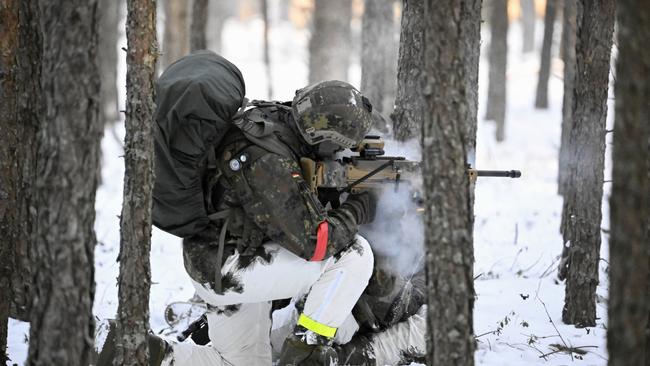
NATO has to steel itself for Russian strikes on targets across Europe, particularly in Germany, if the Kremlin launches a war against the alliance, senior generals have said.
In an interview with The Times, Lieutenant General Alexander Sollfrank, commander of NATO’s military logistics centre in Germany, also urged allies to deal with the “red tape” that hampers the movement of troops and equipment and makes it hard for countries to use one another’s weapons and other kit in a time of crisis.
Although the overwhelming bulk of Russia’s military resources and attention are bogged down in Ukraine, there is deep concern about its next steps.
Sollfrank and other generals from Germany, the United States and the Netherlands worry that in this scenario the Russians would strike deep behind the front lines in an effort to take out the civilian and military infrastructure necessary to sustain the war effort.
Germany would probably be singled out as the central “turntable” for Nato’s reinforcement and resupply lines in Europe, they said. The potential targets include munitions factories, command centres, power plants, bridges and railways.
These warnings are partly based on the war in Ukraine, where Russia has launched heavy air and missile strikes well away from the battle lines, and Ukraine has knocked out ammunition dumps, command posts and fuel depots hundreds of miles into Russian-occupied territory.
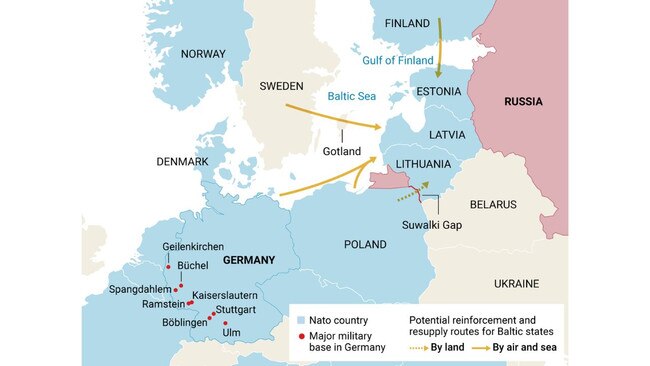
“If we compare war and operations ten years ago or five years ago, then we realise that we have to accept that also the rear areas will be severely contested,” Sollfrank said at the headquarters of NATO’s Joint Support and Enablement Command (JSEC) in Ulm.

“We have to assume that an aggressor will use the whole spectrum of kinetic and non-kinetic force in order to destroy lines of communication. That ranges from acts of sabotage through electronic warfare and cyber to kinetic possibilities through missiles, drones and so on.”
This is one of the hardest tasks for the JSEC, which is based next to the fortress of Ulm, a vast fortification that the German states built to deter a French attack in the mid-19th century.
Today deterring an invasion is not just a question of military power, but also of the ability to put it where it needs to be within days, and to keep doing so over the course of a war that could drag on for months or even years.
2⃣0⃣2⃣4⃣ is a very special year for @NATO as the Alliance will celebrate its 7⃣5⃣ anniversary.
— NATO Joint Support and Enabling Command - JSEC (@JsecNato) January 14, 2024
Here's #NATO history in a nutshell! #WeAreNATO#NATO75pic.twitter.com/1HrUyiq5UQ
Last weekend the Bild newspaper reported that Germany’s armed forces had started planning for this eventuality, including Russian cyberattacks and sabotage. It was said to envisage the deployment of soldiers to defend critical points in the logistics network.
The prospect of Russian missile strikes complicates things further.
The obvious answer is to erect a shield of air and missile defences over particularly important sites. Yet these systems can be overwhelmed by the sheer volume of strikes or circumvented through tools such as sabotage, jamming and cyberwarfare.
Sollfrank said one clear lesson from Ukraine was that if these supply and reinforcement routes were fixed and inflexible there was a good chance they would be hit.
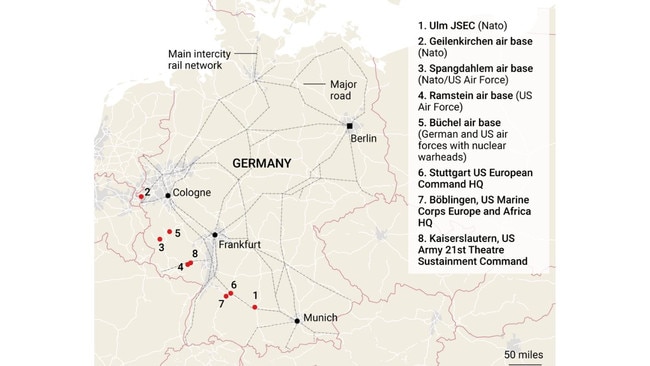
“After the Cold War a lot of tanks, ammunition, a lot like that was destroyed,” he said. “And that also applies to the infrastructure. We had a lot of depots, we had the infrastructure to store ammunition. We had installed a system that really was capable of war-fighting from one moment to the next.
“In peacetime, a lot has been disbanded or torn down. Now, in order to have full support, we are working very hard on creating this robust, resilient reinforcement and sustainment network.”

Sollfrank insists NATO is already capable of effectively deterring, and, if necessary, repelling, a Russian invasion. Yet the core issue is the balance of risk and ensuring that commanders are not forced into costly choices.
This means the allies have to invest in extra capacity so they have an abundance of options for storing munitions, moving units around and setting up command posts, said Brigadier General Frank Schmitz, of the German military’s Joint Support Service.
“We have been very focused on the east,” Schmitz said. “I think we also need capacity to the rear - all kinds of capacity.”
Another significant headache for Nato planners is the tangle of regulations restricting the exchange and transport of military equipment, not only between countries but between different parts of Germany.
For some years leaders in the alliance have hoped to create a military equivalent of the Schengen area that allows largely unimpeded visa-free travel. It is understood that talks are under way on creating a series of “military corridors” across Europe and the results could be announced before Nato’s next summit in Washington in July.
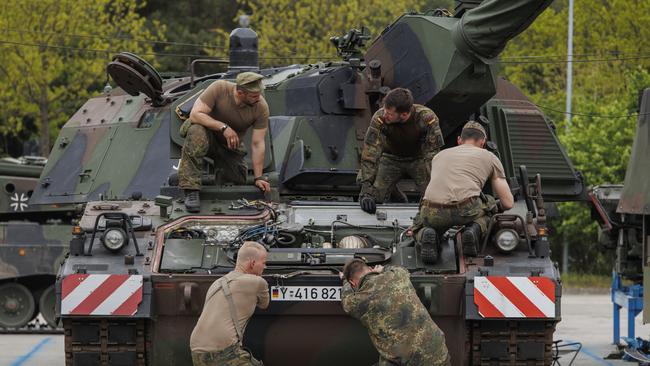
“I think we can ... get this started and reduce or adapt the red tape wherever it might be possible and necessary,” Sollfrank said. “Everyone can start. Just do it. And don’t wait. Because in the end we have no time to waste.”
The frustration with bureaucracy extends to the rules on who can use what equipment, or “interchangeability”. Sollfrank made the point of troops being forbidden to use equipment from other member states even when they are perfectly functional.
“Although it might not be allowed right now, technically there’s no problem,” he said. “If there is no technical or security issue, why not?”
Lieutenant General Jan-Willem Maas, the chief of the Dutch armed forces’ Defence Support Command, agreed that the preparations still had some way to go.
“We are not where we should be. That’s clear,” he said. “But the question is: what are we going to do about it?
“If you look at what Putin has done until now, I think that we have a way better starting position for the next operations. If you look at how Europe was united after he invaded Ukraine, I’m not that pessimistic.
“But at the same time, if you look at the military deterrent, we have to do our utmost to make it work tomorrow. And the day after.”
The Times

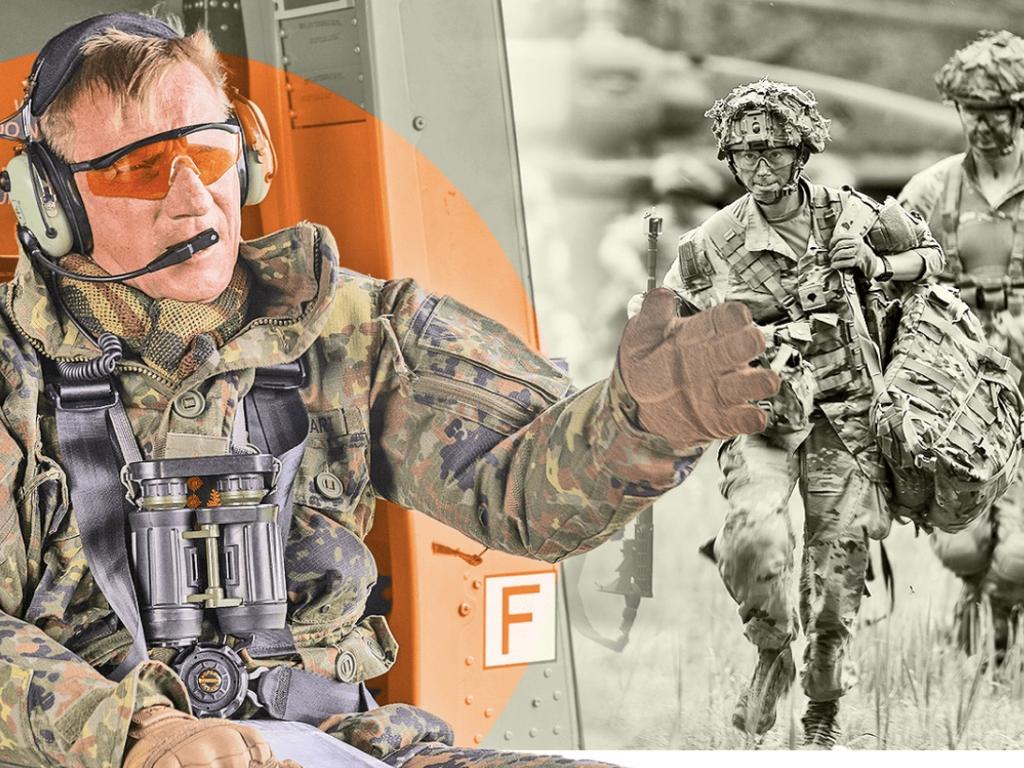
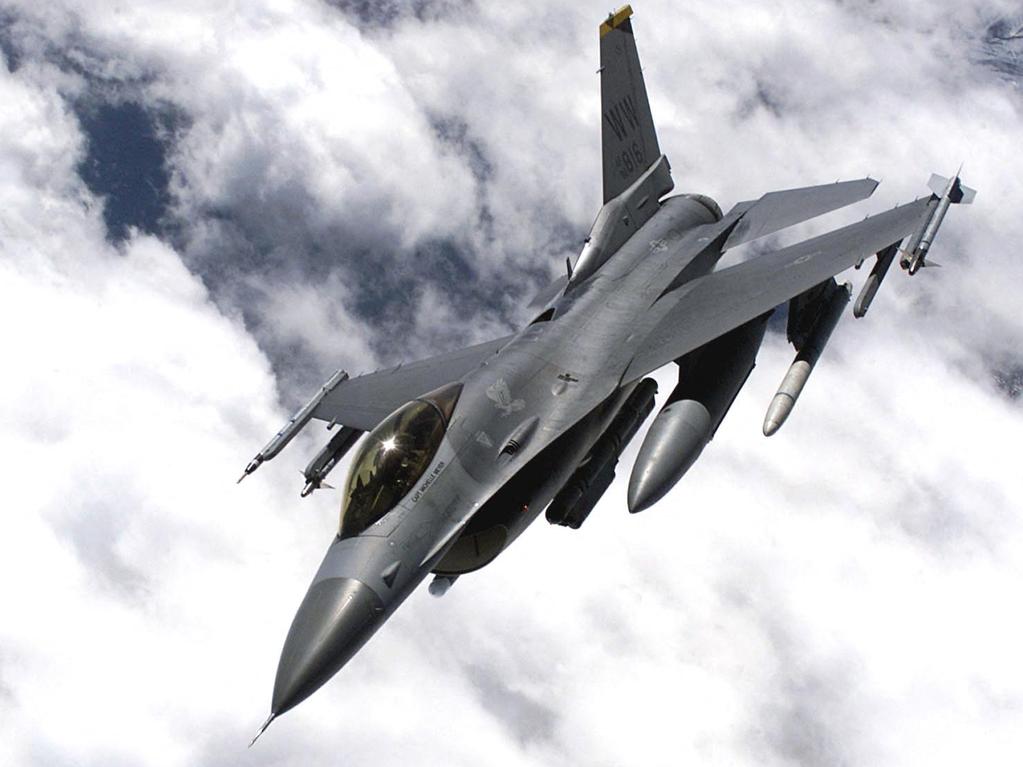




To join the conversation, please log in. Don't have an account? Register
Join the conversation, you are commenting as Logout